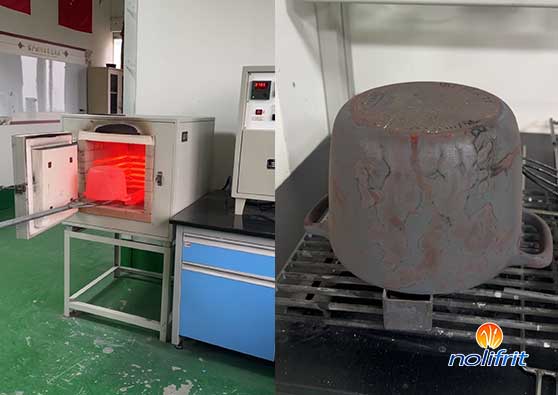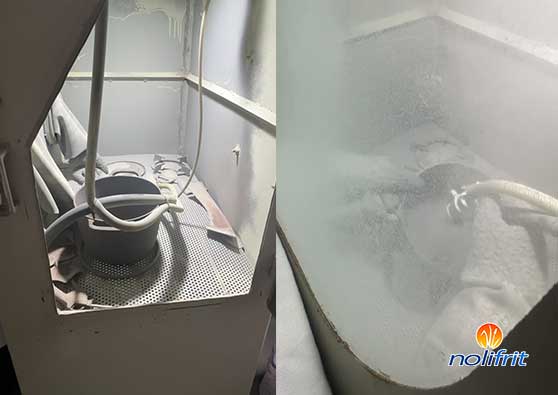Cast Iron Enameling Process & Glaze Properties: Key Points for All Glazes
Enamel can be classified based on metal substrates into various types, including cast iron enamel, steel sheet enamel, stainless steel enamel, and aluminum enamel. In the domestic market, cast iron and steel sheet enamels dominate, making cast iron enamel a crucial category in enamel production. As a manufacturer of enamel frits, this article will primarily discuss the processes involved in cast iron enameling and the properties of cast iron enamel glazes.
Types of Cast Iron Enamel Frits
Cast iron enamel frits are diverse, including:
· Base Glaze
· Surface Glaze
· Color Glaze
· Anti-Acid Glaze
· Matte Glaze
· Glossy Glaze
Pre-Treatment of Cast Iron Substrates
The pre-treatment method for cast iron substrates typically involves sandblasting to remove surface residues through processes like shot blasting or polishing. Some enamel manufacturers perform annealing before sandblasting, while others may skip the annealing step and directly sandblast before enameling, depending on specific product requirements.
Cast iron substrates that undergo annealing tend to produce more stable enamel products, whereas unannealed substrates are prone to defects such as pinholes, bubbling, chipping, and poor surface quality during the enameling process.

Currently, matte cast iron enamel generally does not utilize the annealing process; instead, it is directly sandblasted before enameling. This is because the matte glaze layer is relatively thin, typically ranging from 80 to 120 microns, offering better breathability compared to glossy glazes. The surface does not need to be overly smooth, as long as it meets quality standards.

For color glaze enamel products, both annealing and sandblasting processes are essential. When applying color glazes, it is crucial to ensure that the base glaze has a fine and smooth surface to guarantee vibrant colors. Defects such as pinholes, bubbling, and uneven surfaces must be avoided.
The primary function of the cast iron base glaze is to ensure good mechanical adhesion with the cast substrate. Additionally, it should provide a flat and refined surface, allowing for even application of color glazes, glossy glazes, anti-acid cover glazes, and matte cover glazes, resulting in an excellent porcelain finish.